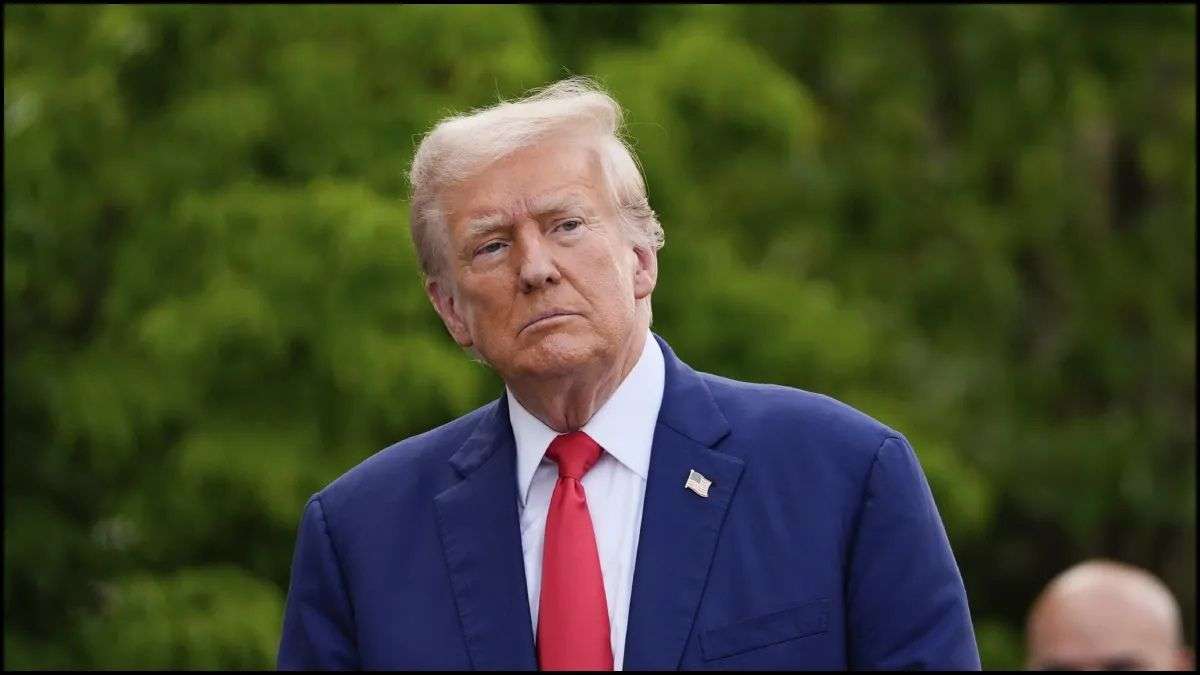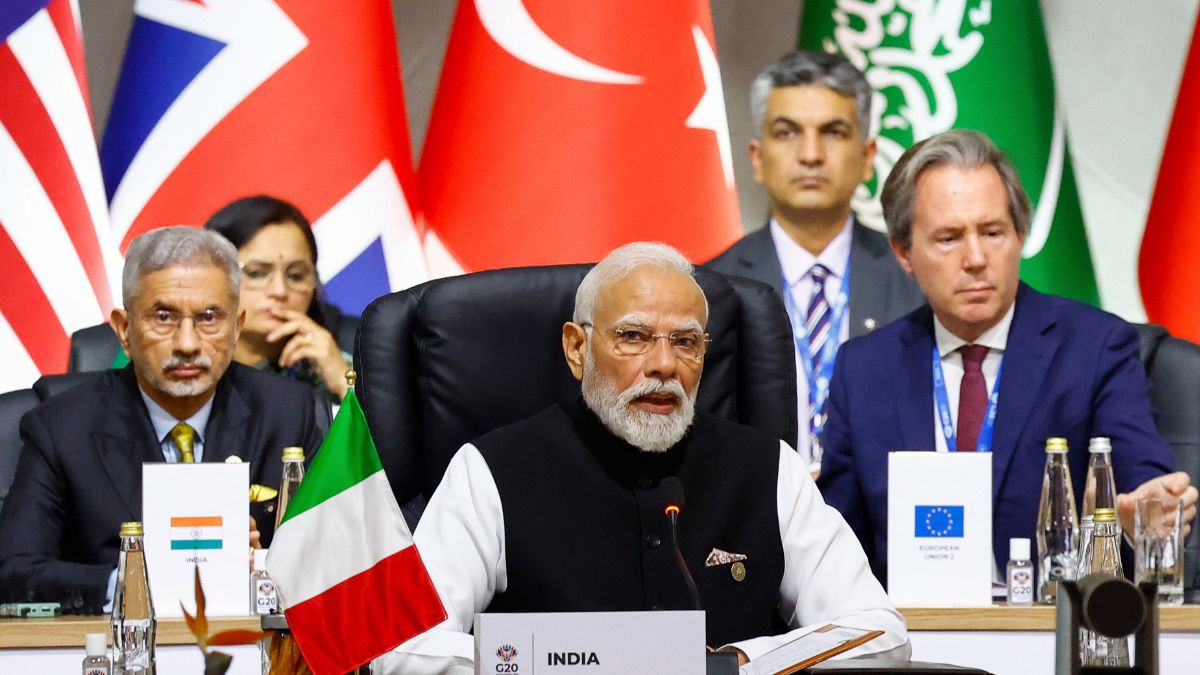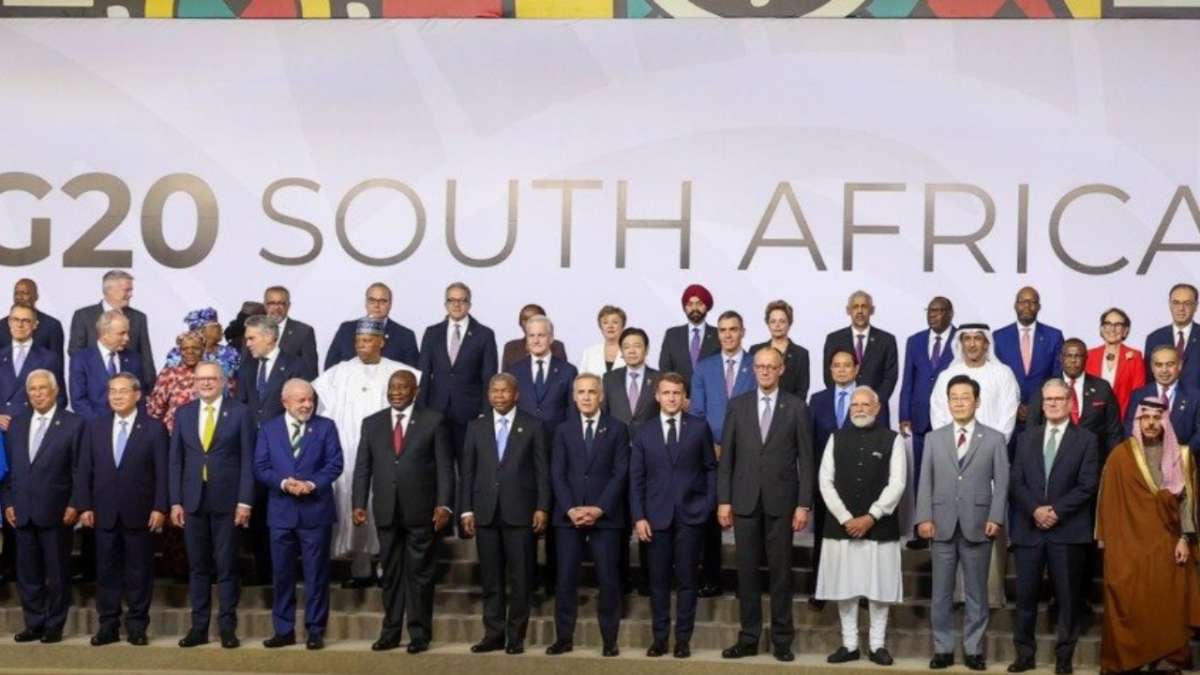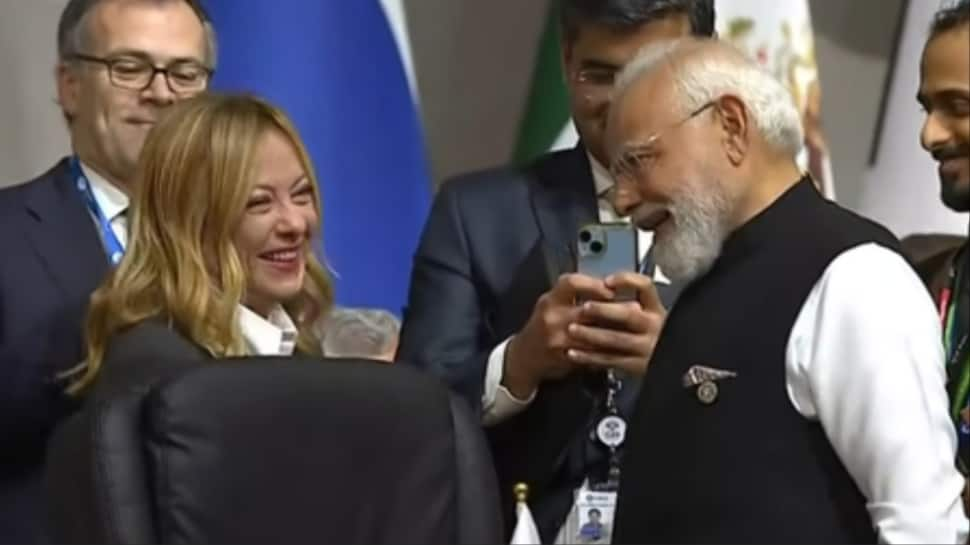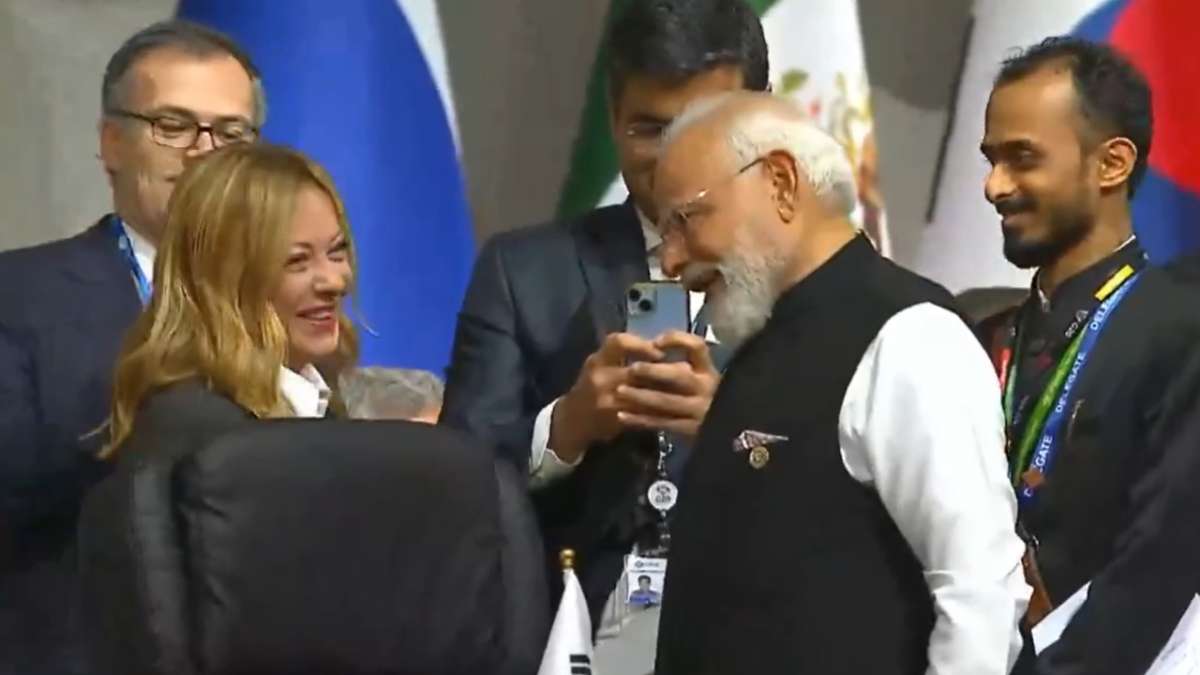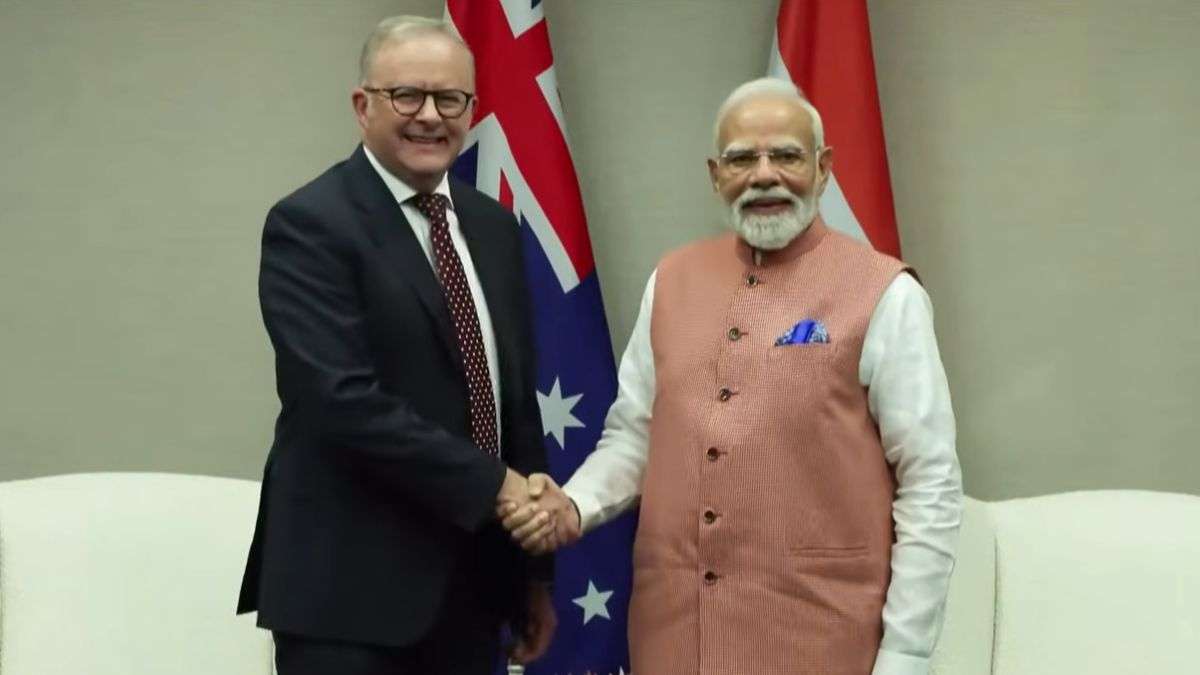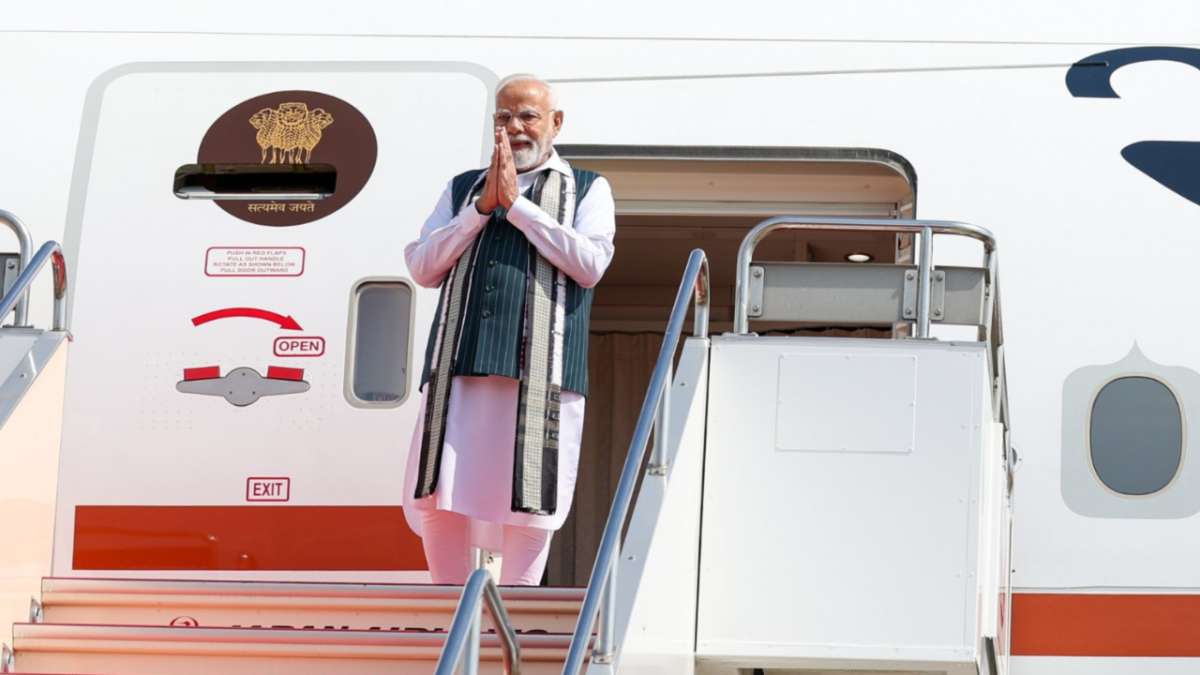Subscribe to Updates
Get the latest creative news from FooBar about art, design and business.
Browsing: G20 Summit
Prime Minister Narendra Modi and Italian Prime Minister Giorgia Meloni shared a notable moment at the G20 Leaders’ Summit in Johannesburg, highlighting…
At the G20 Leaders’ Summit in Johannesburg, Prime Minister Narendra Modi outlined India’s forward-thinking agenda, emphasizing inclusive and sustainable growth. He called…
Prime Minister Narendra Modi and Italian counterpart Giorgia Meloni shared a memorable moment of laughter and warm greetings at the G20 Summit…
Prime Minister Narendra Modi held a significant meeting with Australian Prime Minister Anthony Albanese on the sidelines of the G20 Summit in…
The United States will not send any government representatives to the upcoming G20 summit hosted in South Africa, a decision President Donald…
Prime Minister Narendra Modi will not be attending the upcoming ASEAN Summit in Malaysia next week, a decision attributed to scheduling conflicts.…
During a multilateral meeting involving US President Donald Trump, European Union leaders, and Ukrainian President Volodymyr Zelensky, Italian Prime Minister Giorgia Meloni’s…


